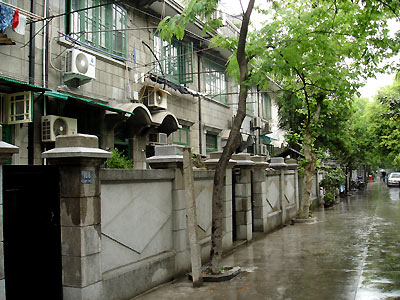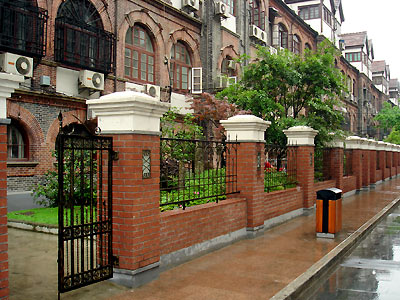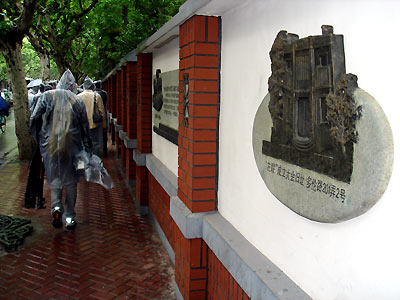| Tools: Save | Print | " target="_blank" class="style1">E-mail | Most Read |
| Restoration Project -- New Look for Old Buildings |
| Adjust font size: |
|
All the appearance and the architectural details of the old buildings along the Shanyin Road of Shanghai’s Hongkou District are to be restored and will remain as they originally looked, the district leader Yu Beihua said Friday.
“Any illegal activities such as decorating or changing the appearance of historic buildings without permission from the government will be investigated and dealt with seriously,” Yu said.
According to Yu, the preservation work of historic buildings along Shanyin Road had started and involved nearly 1,000 houses covering a total area of 198,000 square meters.
Of Shanghai’s 12 historic streets identified by the central government, there are two in Hongkou District – the 129-hectare Shanyin Road area and the 29-hectare Tilanqiao area.
Yu said that 39 million yuan (US$4.87 million) would be spent on the project.
To date, six roads including Shanyin, Tian’ai and Changchun as well as side streets have been restored to their original appearance.
All water pipes and electrical wires in the old buildings in Shanyin Road will also be renewed or upgraded. Natural lighting problems in old buildings are also being addressed.
Yu also announced that the Shanghai municipal government had just approved the project to protect the Tilanqiao historic area. Restoration work in the neighborhood would begin shortly.
Great importance has been placed on the preservation and restoration of cultural highlights and buildings of historic significance in the Hongkou District.
The local government has built up detailed architectural and cultural archives for all the historic buildings in the area. This includes their locations, state of repair, problems and historic significance. All the information is stored on computers.
Experts and scholars have been invited to participate in policy making and the planning of key projects. Both property owners and those using the buildings are to be made fully aware of the proposals.
Pictures of historic buildings and postcards showing old scenes are being produced to help people better understand the district’s history and how it developed.
The local government has also sought assistance from residents to produce a “preservation convention” for the buildings.
It’s envisaged that these initiatives will allow people to contribute to retaining the environment and enhance their awareness of the requirement to preserve areas of historical interest.
(China.org.cn by Unisumoon May 13, 2006) |
| Tools: Save | Print | " target="_blank" class="style1">E-mail | Most Read |
 |
| Related Stories |
|





